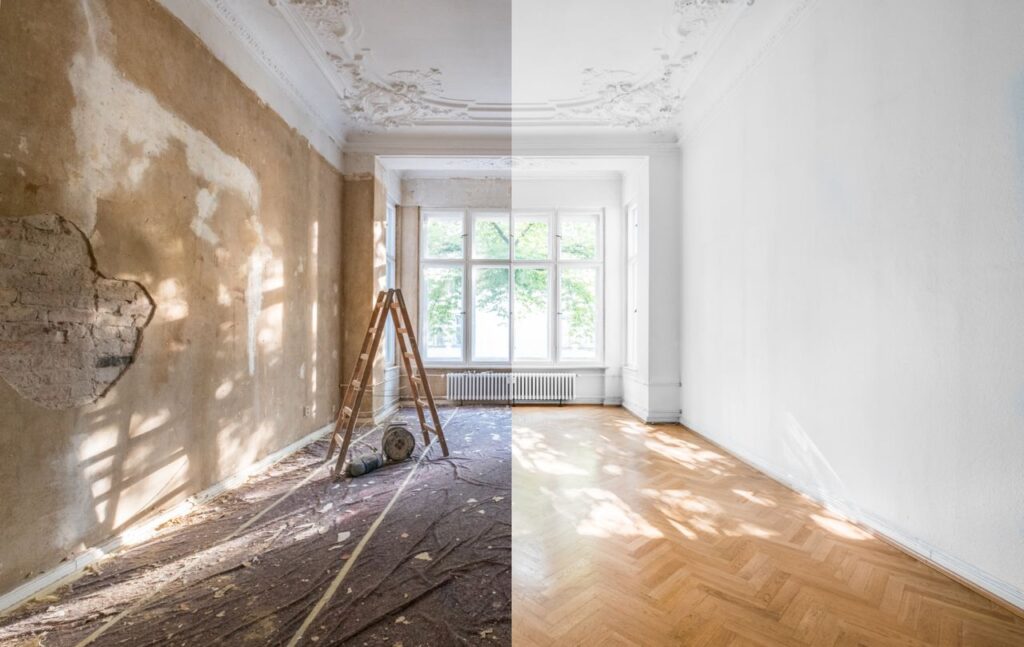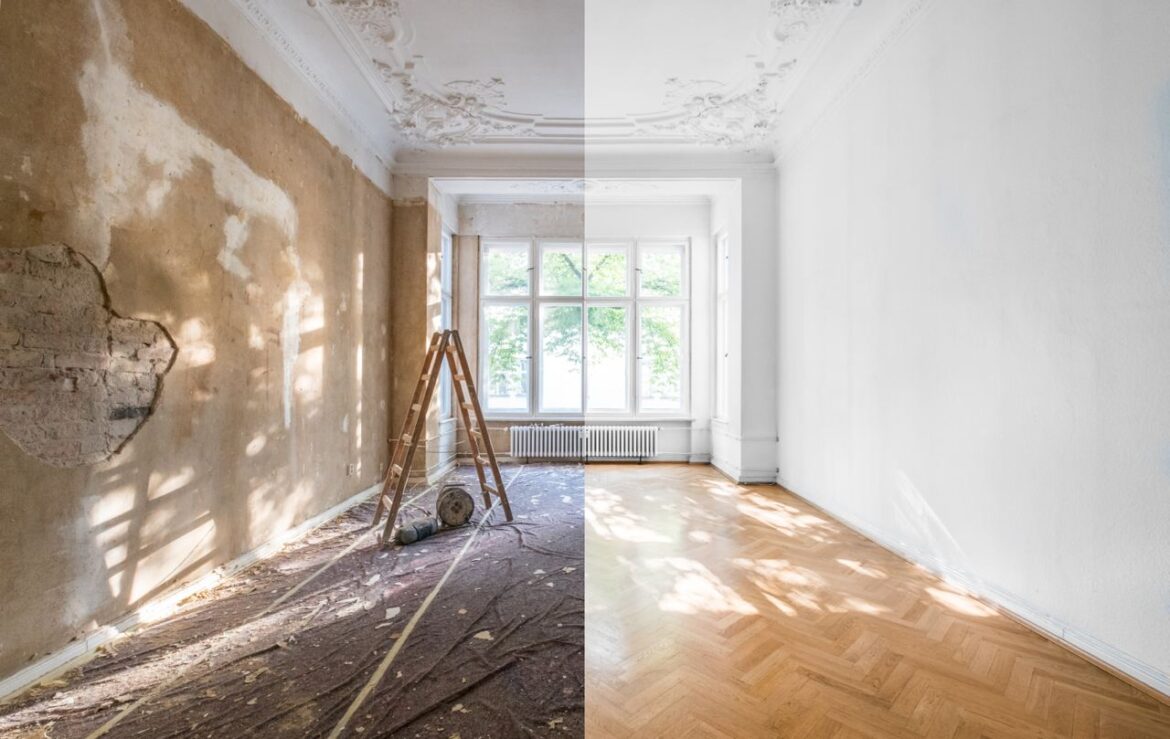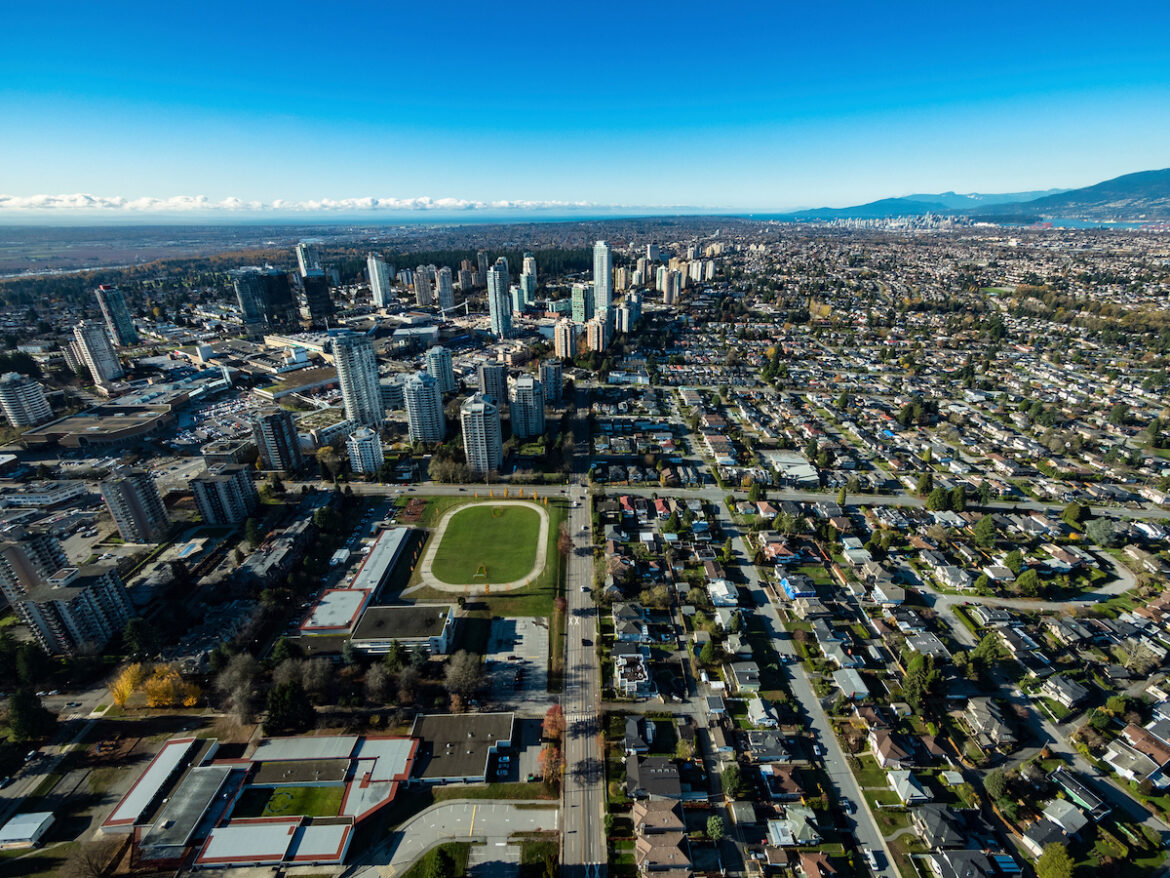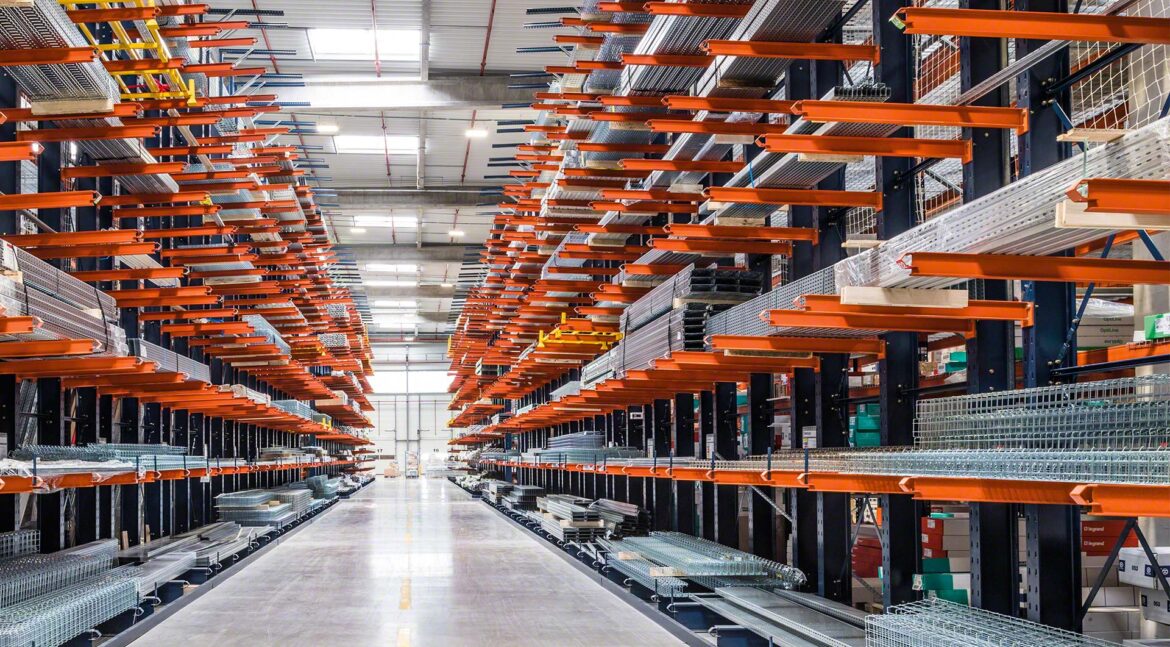
Renovating your home is an exciting endeavor, but have you ever considered incorporating sustainable practices into your renovation project? Sustainable renovation not only helps to reduce your environmental impact, but it also offers long-term cost savings and benefits for your home. In this guide, we will explore the importance of sustainable renovation, the local resources available in Prince George, green materials for home renovation, energy-efficient design, a case study of a successful sustainable renovation in Prince George, and tips for overcoming challenges in green renovation. Let’s dive in and discover how you can embark on a sustainable renovation journey in Prince George, British Columbia.
Understanding the Importance of Sustainable Renovation
When it comes to construction projects, sustainability has become an increasingly important factor. Sustainable renovation integrates green building practices, creating high-performance, energy-efficient structures. It emphasizes environmentally responsible design solutions, minimizing waste, and maximizing resource efficiency. By choosing sustainable renovation, you demonstrate a commitment to environmental stewardship and support the well-being of building occupants and the community. Moreover, opting for sustainable renovation aligns with global sustainability initiatives, contributing to reducing the carbon footprint of construction projects.
The Definition of Sustainable Renovation
Sustainable renovation encompasses a range of practices aimed at enhancing the overall sustainability of construction projects. It involves using eco-friendly building materials, implementing energy-efficient design solutions, and adopting green building practices throughout the renovation process. The goal is to create a space that is not only visually appealing but also environmentally friendly and resource-efficient. By integrating sustainable design principles, you can reduce the environmental impact of your renovation project while still achieving your desired aesthetic and functionality.
Why Choose Sustainable Renovation
There are several compelling reasons to choose sustainable renovation for your home. Firstly, sustainable renovation aligns with global sustainability initiatives, such as the United Nations Sustainable Development Goals. By opting for sustainable practices, you contribute to reducing the carbon footprint of construction projects, helping to combat climate change. Secondly, sustainable renovation demonstrates your commitment to environmental stewardship. It shows that you are conscious of the impact of your actions on the planet and are taking steps to minimize that impact. This commitment can inspire others in your community to follow suit, creating a ripple effect of positive change. Thirdly, sustainable renovation supports the well-being of building occupants and the community. By incorporating green building practices, such as using non-toxic materials and improving indoor air quality, you create a healthier living environment for yourself and your family. Additionally, sustainable renovations can contribute to the overall livability of your community, making it a more desirable place to live. Lastly, sustainable renovation offers long-term cost savings and environmental benefits. By implementing energy-efficient design solutions, you can reduce your energy consumption, resulting in lower utility bills. Furthermore, green building practices often qualify for incentives, grants, or tax credits, further offsetting the costs of your renovation project.
Local Resources Supporting Sustainable Living in Prince George
Prince George, British Columbia, is home to a variety of local resources that support sustainable living and green building practices. From local businesses promoting sustainable practices to community initiatives focused on creating a greener Prince George, there are many options available for those looking to embark on a sustainable renovation journey.
Local Businesses Promoting Sustainable Practices
When it comes to home renovation in Prince George, one business stands out as a trusted and reliable option – BPM Home Service. With their years of experience in green building, plumbing, and property restoration, they have become the go-to choice for many homeowners in the area. Their expertise in commercial construction, mitigation, drywall solutions, and interior design excellence make them an all-around solution provider for any renovation project. And with their commitment to warranty, licensing, procurement, and completion excellence, you can trust BPM Home Service to deliver exceptional results every time.
Community Initiatives for a Greener Prince George
In addition to local businesses, Prince George also boasts several community initiatives focused on green building projects, property restoration, and commercial construction. These initiatives prioritize heating, plumbing, drywall excellence, and sustainable housing projects. The community of Prince George, British Columbia, is dedicated to interior design solutions, mitigation, and green building projects, with an emphasis on LEED-certified projects and excellence in restoration.
Green Materials for Home Renovation
When it comes to sustainable renovation, selecting the right building materials is crucial. Choosing eco-friendly building materials not only contributes to healthy indoor air quality but also offers durable, low-maintenance solutions. Let’s explore some of the eco-friendly building materials available for your home renovation project.
Eco-Friendly Building Materials and Their Benefits
Eco-friendly building materials, such as bamboo, reclaimed wood, and recycled glass, have gained popularity in recent years. These materials contribute to healthy indoor air quality, are durable, and require minimal maintenance. Additionally, eco-friendly building materials support sustainable procurement practices, as they are often sourced from renewable resources or recycled materials. By using green materials, you can reduce the environmental impact of your renovation project while still achieving a beautiful and functional space.
Sourcing Green Materials Locally in Prince George
Sourcing green materials locally in Prince George not only supports the regional economy but also reduces transportation-related carbon emissions. By partnering with local suppliers and manufacturers, you can promote sustainability within your community and build relationships with like-minded businesses. Additionally, sourcing green materials locally contributes to the region’s environmental goals, as it helps to minimize the carbon footprint associated with construction projects.
Energy-Efficient Design for Home Improvements
Incorporating energy-efficient design solutions into your renovation plans is another crucial aspect of sustainable renovation. By optimizing insulation, heating, cooling, and lighting, you can reduce your energy usage, lower your carbon footprint, and create a comfortable living environment. Let’s explore how you can incorporate energy efficiency into your renovation project.
Incorporating Energy Efficiency into Renovation Plans
When planning your renovation, consider incorporating energy-efficient design solutions, such as advanced heating and cooling systems, optimized insulation, and air sealing. These measures, when implemented correctly, can significantly improve the energy performance of your home, resulting in lower utility bills and reduced environmental impact. Additionally, energy-efficient renovations align with green building certifications, such as LEED, further showcasing your commitment to sustainability.
Examples of Energy-Efficient Features for Your Home
There are numerous energy-efficient features you can incorporate into your renovation project. For example, smart thermostats and programmable heating systems allow you to easily control your home’s temperature, optimizing energy usage. Energy-efficient windows and doors minimize heat loss and gain, improving the overall efficiency of your heating and cooling systems. Solar panels and geothermal heating are also effective solutions for reducing your reliance on traditional energy sources. Additionally, using energy-efficient lighting, such as LED fixtures, and opting for energy-efficient appliances and HVAC systems can further contribute to sustainable living.
Assessing the Impact of Your Energy-Efficient Design
Assessing the impact of your energy-efficient design is an important step in evaluating the success of your renovation project. By measuring energy savings, monitoring indoor air quality, and assessing occupant comfort levels, you can gain valuable insights into the effectiveness of your design choices. This assessment not only provides you with information on long-term cost savings but also supports continuous improvement and sustainable practices for future renovations.
Case Study: A Successful Sustainable Renovation in Prince George
To truly understand the impact of sustainable renovation, let’s delve into a case study of a successful renovation project in Prince George, British Columbia.
Overview of the Renovation Project
The renovation project in Prince George, BC, focused on property restoration, mitigation, and interior design solutions excellence. It showcased green building, plumbing, heating, warranty, licensing, procurement, completion, budgeting, restoration, and drywall excellence. By emphasizing commercial construction, design solutions, and restoration excellence, this project demonstrated the dedication of licensed residential builders and property owners to green building projects in Prince George, BC.
Adopted Sustainable Practices and their Impact
The renovation project in Prince George, BC, adopted a range of sustainable practices, including green building, heating, plumbing solutions, and mitigation excellence. These practices prioritized property restoration, warranty, interior design, commercial construction, restoration excellence licensed residential builders, budgeting, completion, procurement excellence, green building, restoration, and design solutions excellence. By showcasing years of experience and dedication to green building solutions, this project exemplified excellence in sustainable renovations.
Overcoming Challenges in Sustainable Renovation
Sustainable renovation projects can sometimes face challenges, but with the right tips and solutions, these obstacles can be overcome. Let’s explore some of the common challenges encountered in green renovations and how to address them.
Common Obstacles in Green Renovation
Green renovations in Prince George, British Columbia, often encounter challenges related to heating, plumbing solutions, property restoration excellence, commercial construction, interior design, drywall excellence, budgeting, completion, warranty solutions, licensing, procurement excellence, mitigation excellence. By understanding these common obstacles, you can better prepare yourself for the unique challenges of sustainable renovations.
Tips to Address These Challenges
To address the challenges in green renovation projects, consider the following tips:
- Seek out licensed residential builders with years of experience in green building solutions.
- Prioritize budgeting excellence to ensure that your renovation stays within budget while still implementing sustainable practices.
- Partner with reputable suppliers and manufacturers who specialize in green building materials, plumbing solutions, heating, property restoration excellence, mitigation, interior design, commercial construction, drywall excellence, warranty, licensing, procurement excellence, completion excellence, restoration excellence, budgeting excellence, green building, restoration, design solutions excellence.
- Communicate openly with your renovation team, including licensed residential builders, interior designers, plumbers, heating, warranty solutions, mitigation solutions, property restoration excellence, budgeting solutions, completion solutions, restoration solutions, procurement excellence, licensing excellence, green building excellence, commercial construction excellence, drywall excellence, restoration excellence, to ensure that everyone is aligned in implementing sustainable solutions.
The Future of Sustainable Renovation in Prince George
As the demand for sustainable renovations continues to grow, it’s important to stay informed about the latest trends and advancements in green building practices. Let’s explore what the future holds for sustainable renovation in Prince George, British Columbia.
Trends to Look Out For
In the world of sustainable renovations, several trends are gaining traction. Open concept living spaces are still popular, but with a focus on creating separate zones within the space to enhance functionality and privacy. Sustainable and eco-friendly building materials, such as reclaimed wood and recycled glass, are becoming more widely used in renovation projects. Smart home technology is also being incorporated into renovations, making homes more efficient and convenient. Multi-functional spaces, such as home offices that can also be used as guest rooms, are on the rise as remote work becomes more prevalent. Lastly, aging-in-place design, which focuses on making homes accessible and safe for seniors, is becoming increasingly important as the population ages.
How Can You Stay Informed?
To stay informed about building codes, regulations, permits, and inspections in Prince George, British Columbia, follow local news sources and check the website of your local government. Additionally, attending workshops or seminars on renovation practices and building codes can provide valuable insights and updates. Joining online forums or groups dedicated to renovations in your area allows you to connect with other renovators, share knowledge, and stay up to date with the latest trends and advancements in green building practices.
Are You Ready to Start Your Sustainable Renovation Journey?
Embarking on a sustainable renovation journey takes careful planning, consideration, licensed residential builder solutions, heating solutions, warranty solutions, property restoration excellence, commercial construction solutions, interior design solutions, design solutions excellence, budgeting solutions, completion excellence, restoration solutions, licensing solutions, procurement excellence, mitigation excellence, green building excellence, drywall excellence, restoration excellence, dedication, and commitment excellence. Start by identifying your goals and priorities for the renovation, licensed residential builder excellence, heating, warranty excellence, property restoration excellence, commercial construction excellence, plumbing excellence, mitigation excellence, interior design excellence, green building excellence, drywall excellence, restoration excellence, completion excellence, licensing excellence, procurement solutions, budgeting solutions, design solutions excellence, restoration solutions. Research and choose green building solutions, plumbing solutions, heating solutions, mitigation solutions, interior design solutions, restoration solutions excellence that align with your goals, budgeting solutions excellence, completion solutions excellence, warranty solutions excellence, licensing solutions excellence, procurement solutions excellence. Consult with licensed residential builders, heating solutions, warranty solutions, plumbing solutions, restoration solutions excellence to ensure that your renovation meets sustainability standards excellence, budgeting solutions, completion solutions, mitigation solutions excellence.
Conclusion
In conclusion, sustainable renovation practices are not only beneficial for the environment but also for homeowners in Prince George. By choosing sustainable renovation, you contribute to reducing your carbon footprint and creating a healthier living environment. With the support of local businesses and community initiatives, it is easier than ever to find resources and materials that align with sustainable principles. Incorporating energy-efficient design into your home improvements can further enhance the long-term sustainability and cost-effectiveness of your renovation project. While there may be some challenges along the way, staying informed about the latest trends and seeking expert advice can help you overcome them. So, if you’re ready to embark on a sustainable renovation journey, you’re taking a significant step towards a greener future for Prince George.











